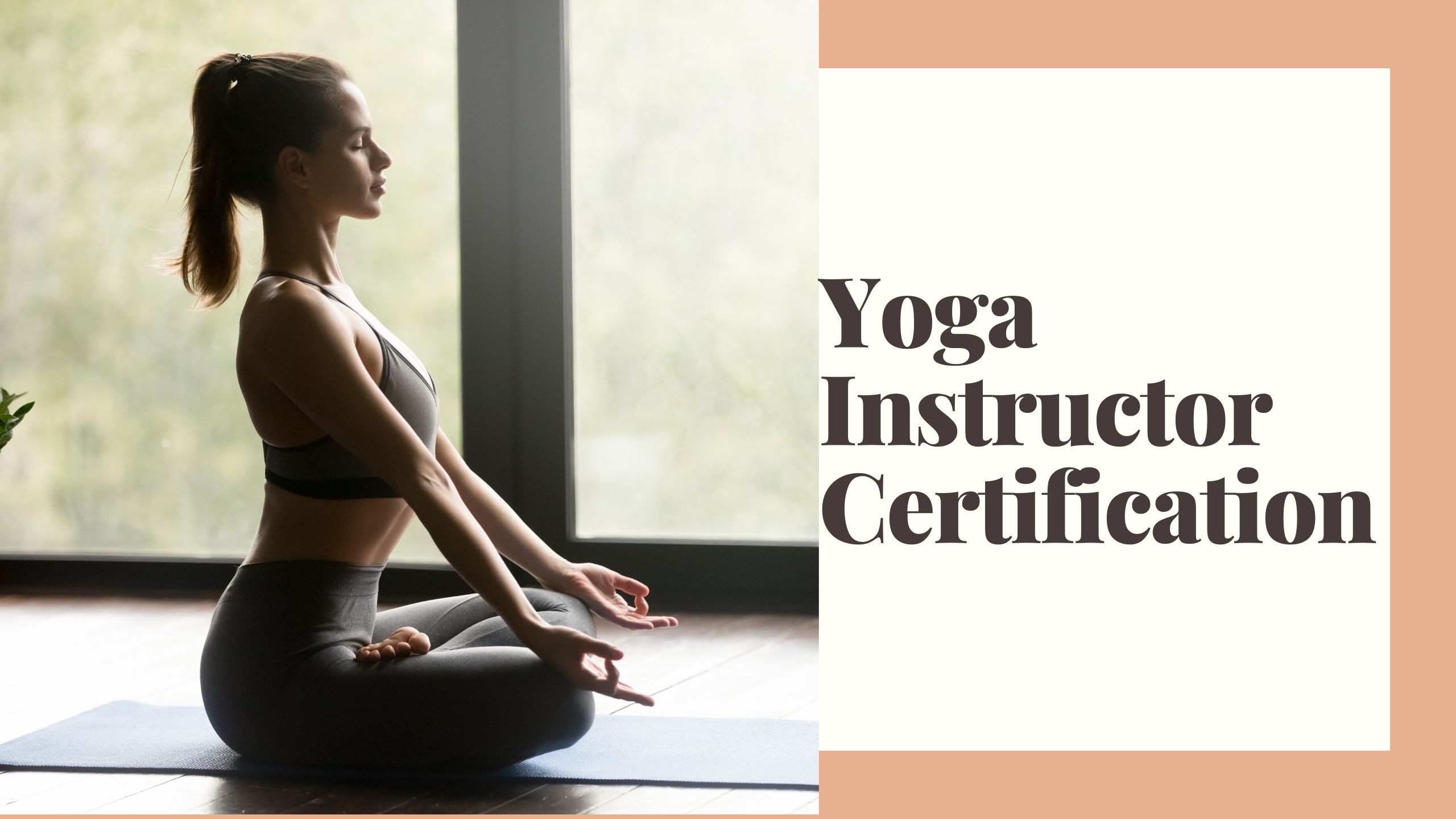A yoga instructor certification in recent times has become a popular career option. The idea that an activity that keeps you in shape can also help rake in money seems to have a good appeal. By successfully completing a 200 hour yoga teacher training course, one becomes eligible to start off as an instructor. While there are many institutes and academies to facilitate this, a yoga teacher training course is more than just a certification.
Yoga teacher training is now a multi-billion dollar business, and yoga instructor courses vary form place to place. However, the essentials like the study of poses and human anatomy along with the philosophy and history of yoga are typically a part of the program. This ancient fusion of spirituality and exercise often inspires the thought of becoming a yoga teacher in beginners.
An insight into this industry can help one make a decision about whether they are the right fit for this commitment. And also if it is a sustainable way of creating income or not. Before jumping onto a mat for 200 hours yoga training, there are some questions that should be thought about.
Is there a right body type?
Many people wonder if they need to be as fit. Or perhaps a little more ripped before they can enroll in one of these courses. Another factor is flexibility – not all of us can bend over backwards and balance on our heads. So do these factors determine one’s eligibility for a yoga training course? Apparently not. Being a yoga teacher has nothing to do with being a certain body-type. As a student, the training classes are supposed to have a nurturing environment. The teacher is the medium who helps create space and awareness in the mind of the student.
All said and done, having a pot-belly or sagging skin is no reason to not explore the connect that yoga creates in the mind and body. Anyone and everyone can can start practicing it.

Choosing a School for a Yoga Instructor Certification
Yoga training is available all over the world, but some places can be cheaper than other. Many people choose to travel to a foreign land to attend a yoga school, making an adventure of it. Some of these places also have a significantly lower cost of living. A bit of research is essential to gauge whether the yoga program and living conditions in a new place are suitable. One must also remember that practicing yoga requires a certain amount of discipline and a clean diet for the best results. And food and lifestyle in a new place can be drastically different from what one may be used to.
Further, different schools offer different types of training, ranging from vinyasa, ashtanga to hatha yoga. Some teachers or institutes may also have a combination of these programs, approached in a new manner. Ideally, one should be able to research and try out these different forms of yoga to get acquainted with them. And then commit to a course that suits them.
Most teachers recommend finding and following a style that feels natural and complements what movements a person enjoys more than others. This is essential, since all those long hours of practice need to be backed by determination and a will to follow things through.
The next thing to look into is the details of the selected program. Most courses are expensive, and that is because there is a sequence to learning that is followed. A detailed plan and syllabi is available on most websites, and most programs adhere to the syllabus quite strictly. Anyone claiming that the classes progress according to the ‘energy of the group’ probably does not have an action plan. And this is not acceptable when the tuition runs so high.
Two questions one must ask before signing up for a yoga instructor training are:
- What is the weekly progress of the class, and are you comfortable with the pace? Is the workload challenging enough, or would you prefer a slower/faster pace.
- Who are the teachers you will be learning with, and will you be able to form a connect with them? A teacher’s personal yogic journey and their experience can drastically affect yours. So it is essential to form a connect and be able to learn comfortably.

The Returns on Your Yoga Certification
Anyone willing to spend 200 hours moulding themselves into different pretzel shapes would aim to eventually make money from their newly acquired skill. The return on investment of a yoga instructor training course can vary from person to person.
A yoga certification that is certified by a recognized body is the art requirement for making any kind of money. The 200 hour yoga teacher training course is the most basic. And it includes hands-on instructions, classroom instruction, and a final examination.
Breaking down the approximate cost of a basic course, it can vary between $1000-4000. This can be a significant investment. And once the training is complete, there are different ways in which one gets paid as a teacher. If one chooses to work as a teacher at someone else’s studio, they may get paid by the hour, per student, or on a per-class basis. Some studios also rely on donation funds. In such a case, it is imperative to find out if the studio advertises and has a decent growth plan. And also if it offers employee benefits like health insurance.
Opening one’s own studio on the other hand can be a big investment. And the profits can take years to materialise.
Initially, the earnings in most cases are more of a side income. As with everything, it is important to look at it as a business and develop it over time. Finding and having students come in, getting referrals, developing a reputation and most importantly, having students come back are the basics that need to be understood and managed in order to create a successful business after a yoga instructor certification.







